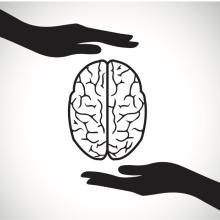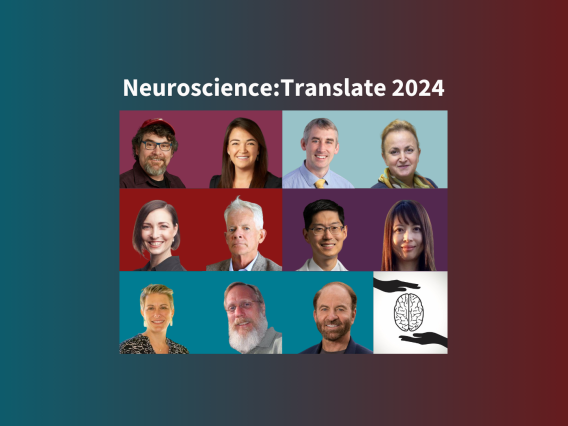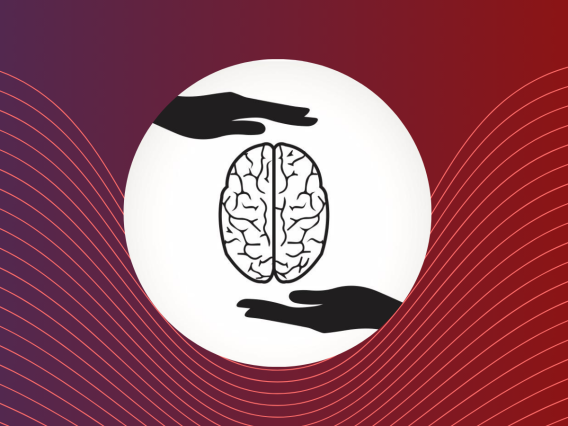The Neuroscience:Translate grant program supports research projects at the intersection of biology, engineering and medicine to address practical unmet needs in brain health and the neurosciences.
The program funds cross-disciplinary teams to develop new devices, diagnostic procedures, software, pharmaceutical therapies and other products that can be brought rapidly to market through new startup companies or partnerships with existing entities. Grants of $100,000-$120,000 are awarded annually to approximately three teams. Teams who have previously received Neuroscience:Translate awards may apply for a one-year renewal to continue advancing their technology.
This program was inspired by the successful Stanford Coulter Translational Research program, a partnership between Stanford Bioengineering and the Coulter Foundation managed by the Stanford Mussallem Center for Biodesign. The Wu Tsai Neurosciences Institute has partnered with Stanford Biodesign to bring this same approach and expertise to bear on the field of neuroscience and brain diseases, with guidance from a Neuroscience:Translate oversight committee comprising scientific and industry leaders in health technology development.
No-cost extensions
No-Cost Extension requests may be granted upon application. Applications will be strictly reviewed for compliance with the award deliverables and project. Applications are due one month prior to the award end date by downloading, completing, saving, and submitting the linked form template.
Questions? Contact Program Manager, Linda Lucian: llucian@stanford.edu.
Apply for Neuroscience:Translate by November 11
Applications open on Friday, September 20, 2024 and close on Monday, November 11, 2024 at 11:59 PM. Make sure to read the full application and eligibility criteria before submitting your application.
Application and Eligibility Criteria
Funded Neuroscience:Translate projects
Programmable RNA editing in Parkinson’s disease therapy
This team will use their Neuroscience:Translate award to employ a novel therapeutic technique to correct pathogenic mutations causing Parkinson’s disease.
Targeting DNA repair for neuroinflammation in stroke
Remote reliable measurements of movement using bluetooth enabled engineered keyboard for diagnosis of neurological diseases - Renewal
This team is developing a device that will enable accurate diagnosis of Parkinson’s disease via telemedicine. They initially introduced the technology of Quantitative DigitoGraphy (QDG) using a repetitive alternating finger tapping (RAFT) task on a musical instrument digital interface (MIDI) keyboard and will use Neuroscience: Translate funding for the next stage of device development.
The wearable ENG: a dizzy attack event monitor, Dizzy DX - Renewal
A minimally-invasive intracranial pressure microsensor (mICP) for long-term, continuous ambulatory monitoring
High-Fidelity Artificial Retina for Vision Restoration
This team will use their Neuroscience:Translate award to develop a large-scale bi-directional neural interface that will restore high-fidelity vision to people blinded by retinal degeneration.
A mobile game for domain adaptation and deep learning in autism healthcare (Seed Grant)
Development of an extracochlear neurostimulation device to restore hearing – Renewal
Sensorineural hearing loss is an increasingly prevalent condition that causes disability to over a third of US adults aged over 65. This team is developing a breakthrough device to restore high-frequency hearing that preserves residual hearing through a reversible and minimally invasive approach.


